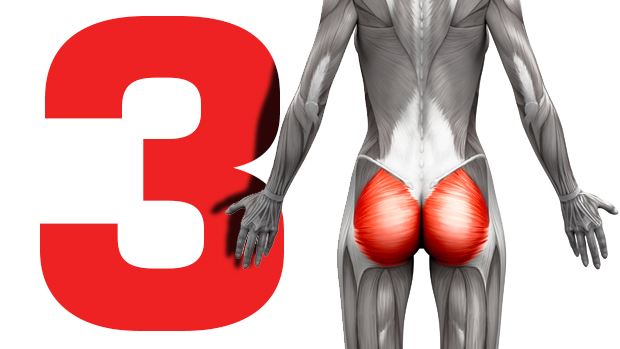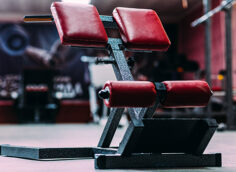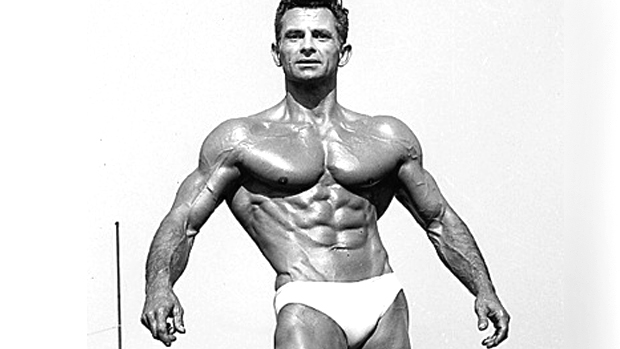Glute activation exercises are a great way to start lower-body workouts. Your knees and hips will feel better after doing them, and they can help reinforce good positional cues and feedback.
But what do people mindlessly do instead? On leg day, you can find a lot of them doing that thing where they hold on to some piece of equipment and swing one leg around. This isn't an effective way to get your lower body primed to move weight!
Try some of these glute-focused moves instead.
Note: Glute activation exercises are often best done with resistance bands. They're easy to set up and you can control the direction your hips are being loaded in based on where they're placed.
Monster Glute Walk
- Loop a resistance band around something ankle height.
- Step yourself into the band and place it just above your ankles. Set your feet at about hip width.
- Step back until you achieve the desired band tension.
- Take a "soft knees" stance.
- Step one foot back followed by the next. Focus on extending your hip as far back as you can.
- Step forward again under control, resisting the band as it tries to pull you forward.
Glute Box Step
- The placement of a mini-band can vary. If you have a prior knee injury, keep the band above your knees. For slightly greater resistance, go just below. For the most resistance, place the band around your ankles.
- Resist the band pulling your knees into a collapsed (valgus) position.
- Spread your knees while focusing on hip extension as you step back with each foot.
- Step forward again returning to the start position.
- Using a box pattern as opposed to traveling over a greater distance can help save space.
Lateral Glute Walk
- Just like with the glute box step, band placement can vary.
- Resist the band pulling your knees into a collapsed position.
- Step to one side while leading with your heel. Try to turn your heel outwards more to help eliminate your hip flexors.
- You can either take a step to the side and return back to the starting position, or travel over a greater distance and come back again.
Priming for Physique
Don't half-ass your activation exercises. Instead, do each exercise with as much focus as your main lifts. Your body's physiology won't magically change when using a resistance band, so stick with the rep ranges that you'd typically use based on your goals. A time or distance target instead of reps may also be used.
Aim to add more band resistance over time. But make sure you're still able to get a mind-muscle connection with the target area. Follow up with your big lifts and search for the muscular tension.
Priming for Performance
If your aim is to maximize performance, as opposed to awareness and muscle emphasis, then do these drills with a lower volume and minimum fatigue.
Use them as a way to introduce some loading to your warm-ups and reinforce a specific cue or movement pattern (like "spread the floor" when squatting, or "push the floor away" when side-stepping, etc.).
Err on the side of higher resistance bands, but with fewer reps and sets. It's not a glute-annihilating workout, and if you're pulling faces when doing these then you're defeating the purpose.





